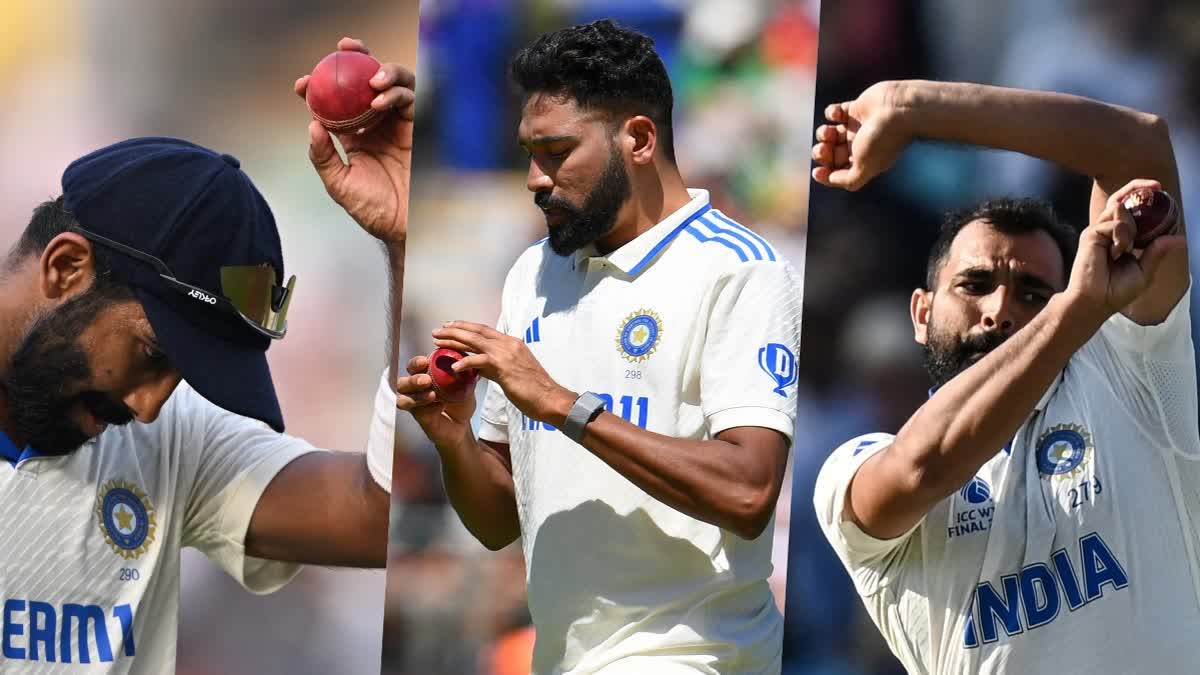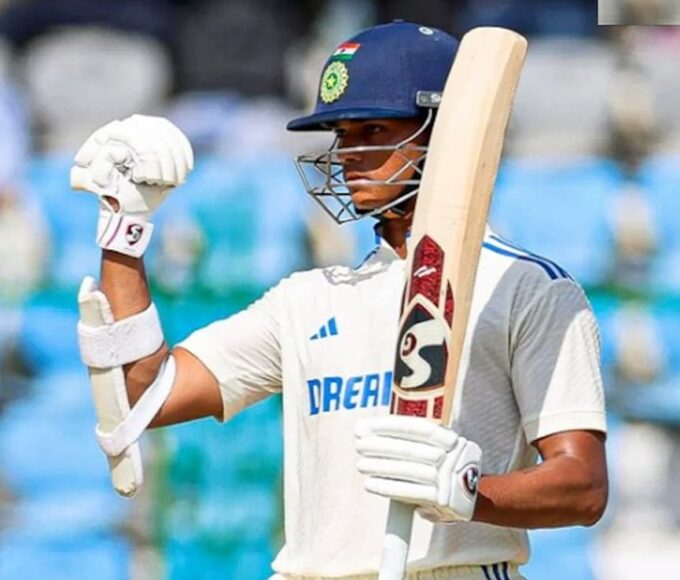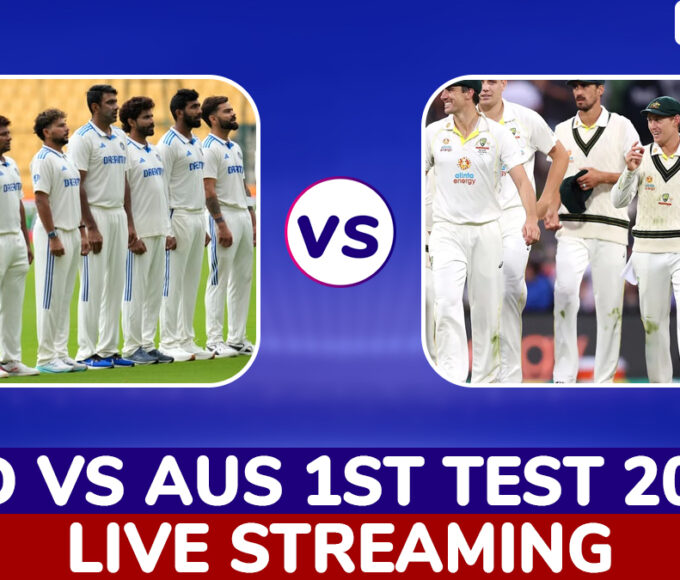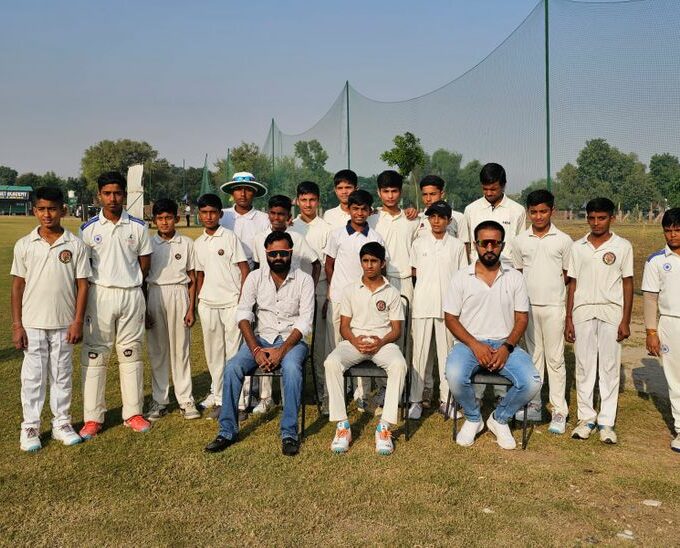New Delhi : The dominance of the Indian cricket team led by Rohit Sharma is clearly visible on the home ground. Team India has not lost any Test series at home since 2012. Cricket pundits and experts link their success to spin-friendly tracks, but often ignore how the SG Test ball plays an important role in this and why visiting countries struggle with these balls.
In cricket, the nature of the pitch and the weather conditions affect the game greatly. Similarly, the leather ball used in cricket, especially in Tests, plays a huge role. Therefore, the host countries use home conditions to their advantage.
Typically, different countries use different brands of balls for historical reasons, manufacturers and to suit local pitches and playing styles. There are no hard and fast rules that mandate the use of a particular brand of ball for matches worldwide. However, some rules have been introduced and amended over the years, particularly in Test cricket, where different balls are used depending on the host country.
What is the law on manufacturing of cricket balls?
According to Law 4.1 of the Laws of Cricket, a new ball must weigh between 155.9 g and 163 g and have a circumference of between 22.4 cm and 22.9 cm. With such strict regulations, the detail and expertise required in the manufacture of cricket balls remains crucial.
The main types of cricket balls used in cricket are from three major cricket ball companies – Dukes in the UK, SG in India and Kookaburra in Australia.
History of the major cricket balls used in cricket and the reasons for their use in different countries:-
- SG Ball : The SG ball has a wide seam which lasts for at least 40-50 overs. Due to dry conditions in India, the ball loses its shine very quickly, but after 40 overs of play, the bowlers get help in reverse swing. Hence the need to raise the seam. This phenomenon is not seen with other balls like Dukes and Kookaburra.
Notably, SG is the abbreviation for Sanspareils Greenland Ball, which was founded in 1931 in Sialkot by brothers Kedarnath and Dwarkanath. After Independence, its base shifted to Meerut. In 1991, BCCI approved SG balls for use in Test matches. - Dukes Ball :-
The Dukes ball is the oldest of all the balls used in international cricket and is darker in colour than the others. The ball is completely handmade and takes longer to age. The Dukes ball moves the most in English conditions, where the temperature remains around 20-25 degrees Celsius even in summers. And arguably the best English pacers to have benefited from this ball are James Anderson and Stuart Broad, who have taken more than 1300 wickets in the longest format of cricket. Only two countries use this ball in all forms of the game, i.e. England and West Indies. The ball originated in 1760, when its production began in Tonbridge, United Kingdom. - Kookaburra Ball :-
The Australian Cricket Board introduced Kookaburra balls to world cricket during the 1946/47 Ashes series. Kookaburra is made completely using machines and its seam is the least raised compared to others, so it does not swing like the Dukes cricket ball. This ball helps fast bowlers to get movement for up to 30 overs and remains hard for a long time. Australia, South Africa, Pakistan, Sri Lanka and South Africa are the main users of Kookaburra balls in international and domestic cricket.
Kookaburra ball is internationally known as the number-one ball manufacturer and was founded in 1890. It has been the main manufacturer of cricket equipment for the last 128 years. Its factory is located in Melbourne, which uses some of the best raw materials using state-of-the-art facilities.








Leave a comment